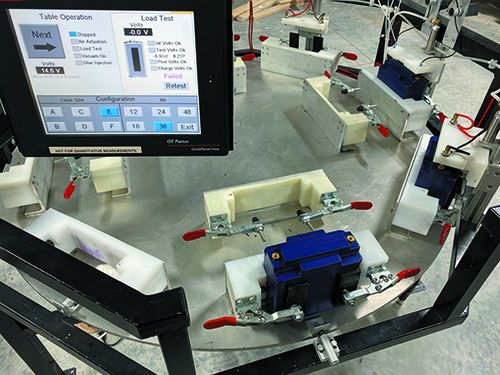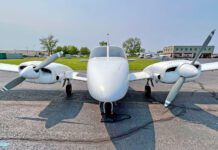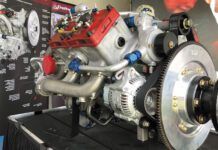SMART BATTERIES
I read the article on lithium batteries in May 2020 issue of Aviation Consumer, and certainly agree that the EarthX ETX-900 TSO—with the potential for a 22-pound weight savings versus a Gill G3—is a good thing.
However, I was looking at the company’s webpage and noticed that the EarthX battery is only 15.6 amp-hours and weighs 5.4 pounds. The Gill G35 is a 23 amp-hour battery, so it’s got about 30 percent more capacity, but it weighs 27 pounds.
I just wanted to point out that in the event of an alternator failure, the EarthX will likely keep essential electrical accessories running for a shorter period of time. Still, a graph on the company’s website shows that reducing the overall current draw to 8 amps in an emergency, the battery should last 100 minutes.
As a comparison, the battery in my Beech N35 Bonanza is a Concorde RG-35AXC. It’s a 33 amp-hour battery and weighs 32 pounds. I just ran the yearly load test and determined that it can run essentially everything I can turn on besides the A/C blower (a 33-amp draw) for more than 51 minutes. That’s a lot of emergency reserve, and probably more than I really need.
Justin Graff – via email
Thanks for the nicely researched article on smart aircraft batteries in your May 2020 issue. I’ve had bum luck with the last two batteries I‘ve installed in my Citabria (admittedly I don’t fly it as much as my go-places airplane), and I do keep it on a battery tender per your recommendations. I asked my shop if it can do an FAA field approval to install the EarthX but it said to wait until it has an STC. Do you guys think this will be a reality? Thanks for your good work.
Ben Turner – via email
When it comes to FAA certification we’ve learned a long time ago that nothing is a sure thing, and counting on a certification date leads to disappointment.
Still, EarthX has enjoyed sizable success with its batteries in the experimental market and that has to be a good thing going into the rigors of FAA certification. We’ll keep an eye on it.
ARCHER DIESEL COREX
In the April 2020 Aviation Consumer Used Aircraft Guide about the Piper Archer you reported that the Continental CD-155 diesel has a TBO of 1200 hours. That is incorrect; the engine has a TBR of 1200 hours. After that hour the engine must be replaced and cannot be overhauled. Thank you for a great publication.
David Williamson – via email
DYNON HDX CERTIFIED INSTALLS
Thanks for the update on Dynon’s certified version of the SkyView HDX. Ever since your field report on the system’s installation in a Cessna Skyhawk (July 2019 Aviation Consumer) I’ve been seriously considering this system for my Bonanza, weighing the options with Garmin’s offerings. But what’s holding me back from committing to the Dynon is the autopilot interface for my Bonanza. Last I checked with my IA (who installed some Dynon avionics in my experimental seaplane) the Dynon autopilot wasn’t approved in the interface for the Beech F33, and my goal is to get rid of the King KFC150 and the gyros that drive it.
Two questions: Does Dynon have any plans to expand the autopilot capability/approval within the certified version of the SkyView? And if I remove the KFC150 is there a demand for it on the used avionics market? Love your magazine.
Jim Copeland – via email
When we talked with Dynon’s Michael Schofield in March 2020, he said that expanding the autopilot approvals for the HDX was in the works.
As for selling the KFC150, there might be some demand, but it’s probably worth more to someone for parts rather than for a new installation.





